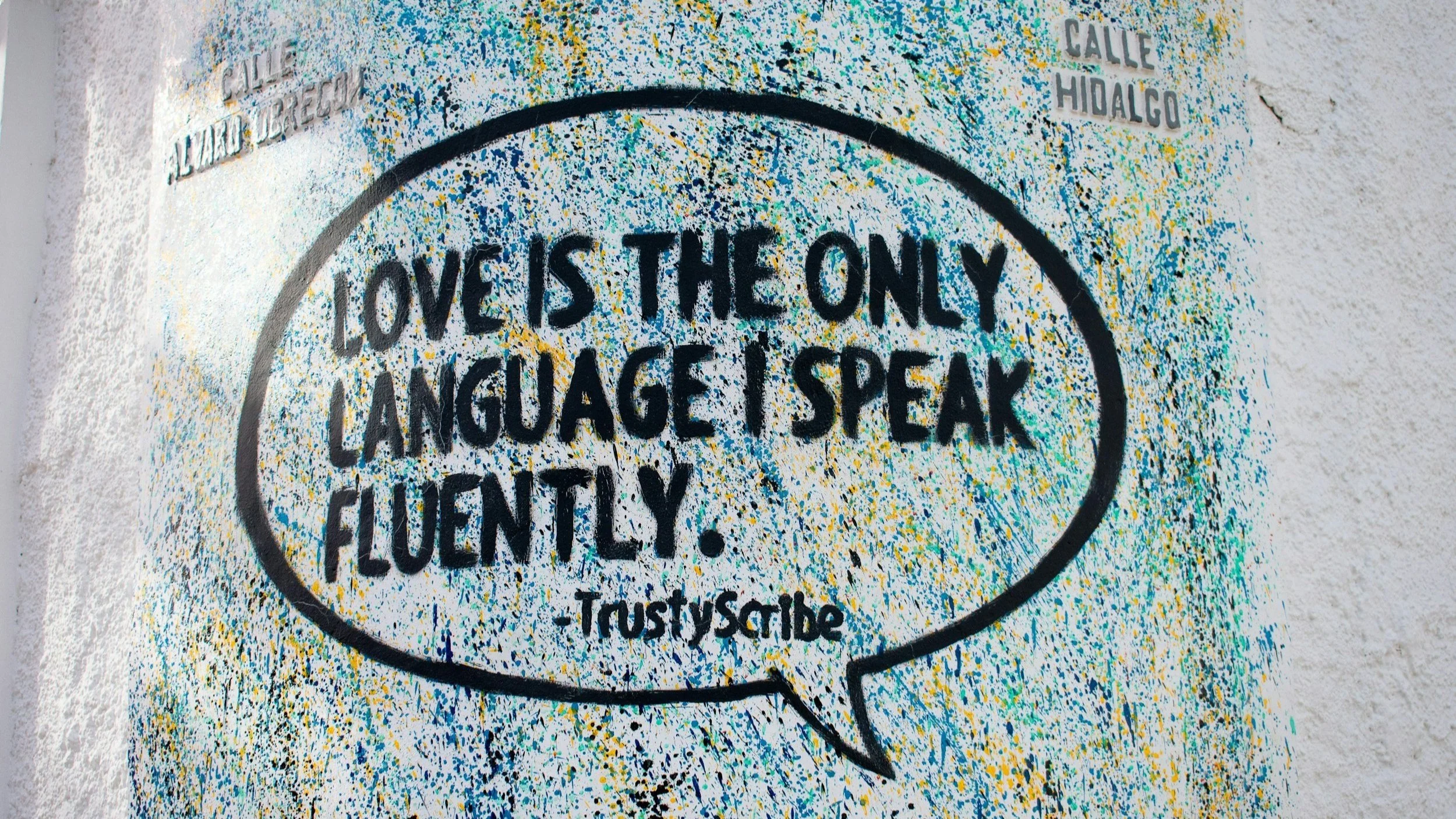Love Languages: Relationship Cheat Code or Cop-Out?
Love Languages: The Ultimate Relationship Hack or a Fancy Excuse?
At this point, unless you’ve been living in a WiFi-dead zone or avoiding self-help TikTok, you’ve probably heard of The Five Love Languages. Dr. Gary Chapman’s iconic relationship framework suggests that people give and receive love in five key ways: words of affirmation, acts of service, receiving gifts, quality time, and physical touch. Sounds great, right? A simple, one-size-fits-all approach to romantic bliss. But here’s the real question: Are we actually using love languages to build stronger relationships, or are they just a convenient way to justify laziness in love?
Think about it. How many times have you heard (or maybe even said), “Oh, I don’t need to compliment you—words of affirmation aren’t my love language,” or “I know we haven’t gone on a date in three months, but quality time isn’t really my thing”? Yeah, that’s what we call emotional loophole abuse. If love languages were a punch card at Starbucks, some people would be redeeming them for a free pass out of actual effort.
Love Languages as a Get-Out-of-Effort-Free Card
Look, I get it. We all love a good excuse. “Sorry babe, my love language is physical touch, so I can’t take out the trash, but how about a hug?” That’s not love. That’s manipulation wrapped in a self-help book. Relationships require adaptability, not rigid categories that let us off the hook.
Take “acts of service” people, for example. That’s great and all, but if your partner really just wants a heartfelt “I love you” every now and then, maybe scrub the bathtub and throw in a compliment? Or the “physical touch” crowd—sure, hugs are awesome, but at some point, you need to express love in other ways unless you’re planning on physically patting your partner on the back every time they need emotional support. Spoiler alert: that’s not how it works.
Are We Justifying Emotional Laziness?
Let’s be real: We all have moments when we’d rather do the bare minimum. And that’s where love languages can be misused. Instead of stretching ourselves to meet our partner’s needs, we lean too hard on “our” love language and expect them to meet us where we’re comfortable. News flash: Relationships aren’t supposed to be comfortable all the time. If you want comfort, get a weighted blanket.
But what if love languages aren’t about comfort zones at all? What if real love means stepping out of our preferences and making an effort to speak the language our partner actually needs—even when it’s not our natural instinct? Because guess what? Growth isn’t supposed to be easy. Love isn’t about saying, “Well, that’s not my style” and leaving it at that. It’s about making an effort because you give a damn.
The Fine Line Between Preference and Avoidance
Here’s the thing: understanding love languages isn’t the problem. Weaponizing them is. The best relationships don’t just revolve around getting love the way we want—it’s about balance. Love languages should be a roadmap, not a strict, unmoving set of rules that prevent compromise.
Take couples where one person values quality time, but the other prefers acts of service. If one partner refuses to sit down and have meaningful conversations because they’re ‘too busy fixing things around the house,’ and the other never acknowledges the effort of those acts of service, they’re both missing the point. Relationships thrive when partners make intentional efforts to show love outside their comfort zone.
How to Actually Use Love Languages the Right Way
Instead of treating love languages as rigid categories, use them as a starting point. Here’s how:
Communicate openly – Instead of saying, “That’s not my love language,” try, “I know you love words of affirmation, so I’ll make an effort to express my appreciation more.”
Be flexible – Love languages change over time. Someone who once thrived on physical touch might shift towards quality time as life gets busier. Be open to adjusting.
Appreciate all forms of love – Recognizing that your partner shows love differently from you can help prevent resentment and unrealistic expectations.
The Dangers of Over-Labeling
One of the biggest risks of leaning too heavily on love languages is that they can lead to over-labeling in a relationship. If we obsess too much over categorizing our love, we might miss the organic moments where affection naturally happens. Love is fluid—it’s not a rigid box that we have to fit into.
Think about it: If your partner suddenly showers you with gifts one day, but you’ve been telling them that your love language is strictly “quality time,” does that mean their effort is invalid? Of course not. Appreciation goes both ways, and recognizing gestures outside of our prescribed love language is crucial to a healthy relationship.
Love is More Than a Language
At the end of the day, love isn’t just about figuring out how your partner prefers to receive it—it’s about consistently showing up for them in multiple ways. Love languages are a tool, not a rulebook. The healthiest relationships are built on effort, adaptability, and mutual appreciation beyond designated preferences.
So, Are Love Languages a Cop-Out?
They can be—if we use them as shields rather than bridges. True love isn’t about sticking to what’s easy; it’s about learning, growing, and making sure your partner feels valued, even in ways that don’t come naturally to you.
So, are love languages the ultimate key to relationship success, or are they just a convenient excuse for emotional laziness? That depends—are you using them to love better, or just to love easier?
Also, don’t forget to stop by whiskeydanduncensored.com/fun-custom-products for all-new, fun, lighthearted products that prove you have an excellent sense of humor.




